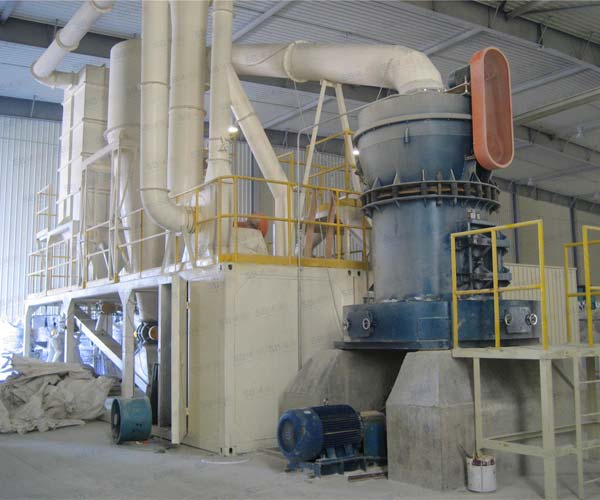
Raymond Mill has played a crucial role in various industries by providing efficient grinding solutions. Understanding its working principle helps professionals in optimizing its operation and achieving desired outcomes. By harnessing the centrifugal force generated by the grinding roller assembly, Raymond Mill can effectively grind various materials to produce fine powder.
24 Online Service
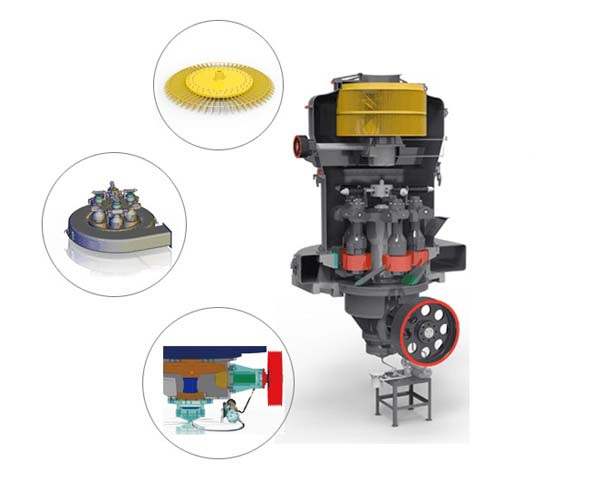
Developed in the early 20th century, this machine is extensively used to grind materials into fine powder for use in various processes. Understanding the working principle of Raymond Mill is essential for anyone involved in industries such as mining, construction, or chemical engineering.
Raymond Mill primarily consists of a host machine, an analysis machine, a blower, a finished product cyclone separator, a pipeline device, and a motor. The host machine, also known as the grinding roller assembly, is responsible for grinding the material. The analysis machine, equipped with a high-density impeller, classifies the particles based on their size and ensures the desired fineness. The blower, connected to the analysis machine, supplies the necessary airflow for the milling process. The finished product cyclone separator separates the finished product from the airflow, while the pipeline device allows the airflow to circulate. The motor provides the power required for the entire system to operate smoothly.
The material to be processed is fed into the Raymond Mill through the feeding device. The feed hopper ensures a consistent and controlled supply of material into the grinding chamber.
Inside the grinding chamber, the grinding roller assembly rotates around the central axis. As the assembly rotates, the grinding roller exerts centrifugal force against the grinding ring. The material is crushed and ground by the grinding roller and the grinding ring, achieving the desired fineness.
The ground material, along with the airflow, enters the analysis machine through the pipeline. The high-speed rotating impeller of the analysis machine classifies the particles based on their size. Coarser particles are thrown back to the grinding chamber for further grinding, while finer particles are carried by the airflow to the cyclone separator.
In the cyclone separator, the airflow undergoes a sharp change in direction, causing the heavier particles to settle at the bottom and the lighter particles to be carried upward. The separated fine powder is collected and discharged through the bottom outlet, while the purified air is discharged through the top outlet.
The discharged powder is collected in bags or containers for further processing or packaging. This final product is now ready for use in various applications, depending on the specific industry requirements.
Raymond Mill operates with high grinding efficiency due to its unique design and optimization of key components. The combination of grinding roller assembly and grinding ring ensures a smooth and efficient grinding process.
Raymond Mill is versatile and can be used to grind various materials, including limestone, dolomite, diabase, and more. It is suitable for grinding both metallic and non-metallic minerals.
The fineness of the final product can be easily adjusted by changing the speed of the analysis machine and the grinding roller assembly. This flexibility allows for precise control over the particle size distribution of the ground material.
Raymond Mill is designed to minimize energy consumption while delivering high performance. The advanced grinding principle and optimized airflow system contribute to reduced power consumption.
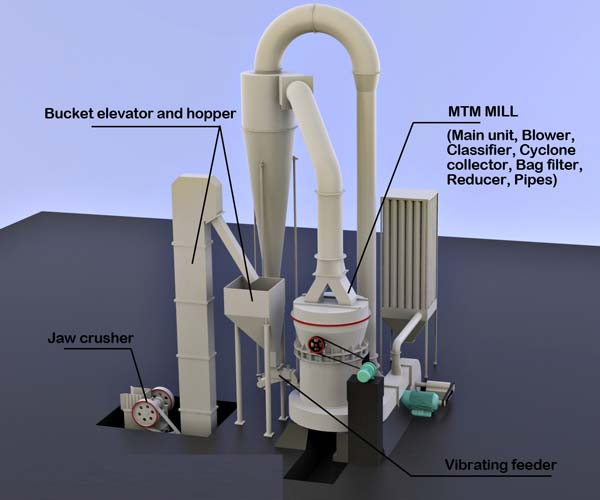
Raymond Mill is renowned for its ability to grind materials with high efficiency and precision. To better understand this versatile machinery, it is crucial to delve into its key components and explore their purposes and functionalities.
The grinding roller, as the central part of Raymond Mill, plays a vital role in grinding materials into fine powder. It consists of several grinding rolls that rotate around a central shaft. The primary purpose of the grinding roller is to apply pressure on the material between the grinding rolls and the grinding ring. This pressure helps crush and grind the raw material effectively.
The grinding ring is another crucial component of Raymond Mill. It is positioned beneath the grinding roller and forms a circular track. The main function of the grinding ring is to support the grinding roller and transmit the pressure exerted by the grinding roller onto the material. Additionally, the grinding ring helps to achieve uniform and efficient grinding by controlling the clearance between itself and the grinding roller.
The air blower in Raymond Mill is responsible for creating a positive airflow that carries the ground material out of the mill and into the separator. It ensures that the finished powder is promptly discharged from the grinding chamber, preventing the accumulation of materials and maintaining stable operation. The air blower also aids in the circulation of air within the mill, cooling the machine and removing excess moisture.
The analyzer is a critical component that monitors and controls the fineness of the ground material. It consists of a rotating impeller equipped with blades that separate fine particles from coarse particles. The fine particles are sent back to the grinding chamber for re-grinding, while the coarse particles are directed towards the separator for further processing. The analyzer helps maintain the desired particle size distribution, ensuring the consistent quality of the final product.
The separator is responsible for segregating the ground material based on its particle size. It is typically a high-efficiency centrifugal device that classifies the particles into different fractions. The coarse particles are collected and returned to the grinding chamber for re-grinding, while the fine particles are collected and discharged as the final product. The separator plays a crucial role in achieving the desired fineness and ensuring the uniformity of the output.
Raymond Mill stands as a remarkable machine in the world of grinding mills, offering high efficiency and precision in material processing. By understanding its key components, such as the grinding roller, grinding ring, air blower, analyzer, and separator, we gain insights into their purposes and functionalities within the milling process. Each component contributes to the smooth operation and optimal performance of the mill. Through their concerted efforts, they ensure the production of fine powder with the desired characteristics. As industries continue to rely on Raymond Mill for their grinding needs, knowledge about its key components remains crucial for efficient utilization and maintenance of this essential equipment.
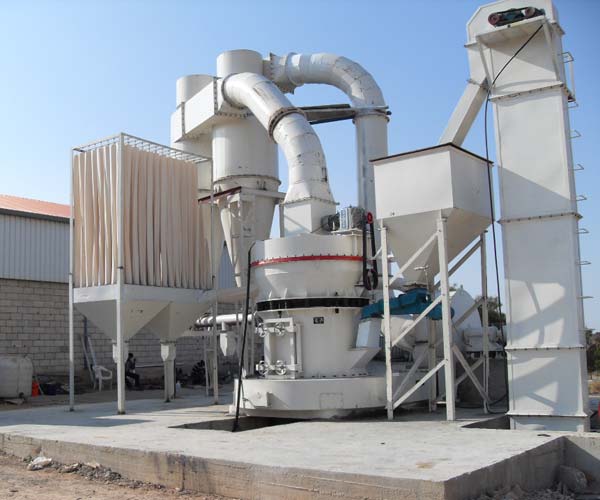
In any industrial setting, the performance of machinery and equipment is crucial for achieving optimal productivity and operational efficiency. Mills, in particular, play a vital role in various industries such as manufacturing, mining, and agriculture. However, the performance of a mill is not solely dependent on its design or operation; it is equally affected by the quality and maintenance of its individual components.
Quality is a fundamental aspect of any component that makes up a mill. From gears and bearings to motors and control systems, each part must meet stringent quality standards to ensure reliable and efficient performance. The following factors highlight the importance of component quality:
High-quality components are designed to withstand the rigors of demanding mill operations, including heavy loads, vibrations, and high temperatures. Inferior quality parts may fail prematurely, leading to costly downtime and repairs.
Precision-engineered components contribute to the mill’s ability to produce consistent and accurate output. For instance, precisely calibrated sensors and actuators play a vital role in maintaining desired process parameters and minimizing variations.
Quality components are often designed to optimize energy consumption, leading to reduced operational costs. For instance, high-efficiency motors and well-maintained transmission systems can minimize energy losses and improve overall mill performance.
Regular maintenance is crucial for ensuring the longevity and performance of mill components. Neglecting maintenance can have adverse effects on the mill’s overall efficiency and output. Here’s how maintenance impacts mill performance:
Regular inspections, lubrication, and cleaning of components help identify and rectify potential issues before they escalate. By detecting and addressing problems early on, mills can prevent unexpected breakdowns, reduce downtime, and maintain optimal performance.
Maintenance activities such as alignment, calibration, and tuning of components can enhance the mill’s performance. For example, well-maintained shafts, belts, and couplings contribute to smoother power transmission, reducing vibrations and improving efficiency.
Proper maintenance practices ensure that all safety features and mechanisms of the mill are fully functional. This significantly reduces the risk of accidents or failures, safeguarding personnel and equipment.
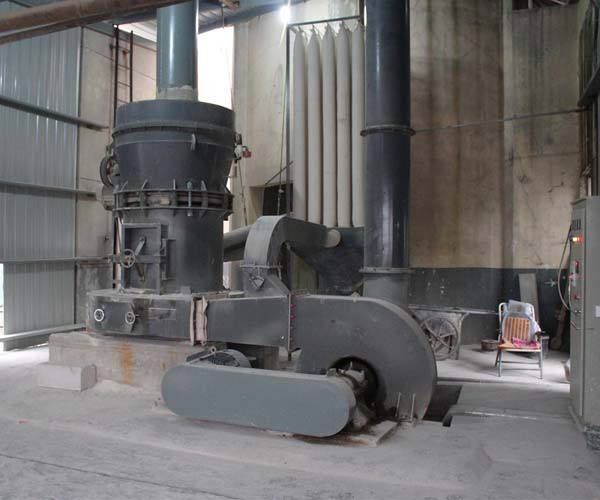
Raymond Mill, a revolutionary industrial equipment known for its exceptional grinding capabilities, has gained immense popularity worldwide. Used extensively in various industries, this powerful milling machine has proven to be a game-changer in the field of mineral processing, cement production, and many other sectors.
As the birthplace of Raymond Mill, China boasts a significant market share and serves as the main manufacturing hub for this equipment. With decades of experience in the production and application of Raymond Mill, China has established itself as a leading force in the industry. The country’s vast mining and processing operations, coupled with its growing industrial sector, have contributed to the widespread use of Raymond Mill. From coal and cement to non-metallic minerals, China’s demand for Raymond Mill remains strong.
The United States, renowned for its advanced industries and technological advancements, has embraced Raymond Mill as a vital tool in various sectors. With its robust economy and a focus on innovation, the country has integrated Raymond Mill into its mining, construction, and chemical industries. The high precision and efficiency of Raymond Mill align with the demanding standards of the U.S. market. Its ability to grind and process diverse materials, coupled with its durability and reliability, has made it a popular choice among American manufacturers.
India’s booming construction and infrastructure development sector have led to the increasing popularity of Raymond Mill within the country. The need for high-quality building materials and efficient mineral processing equipment has propelled the demand for Raymond Mill. Its ability to grind various minerals and ores to produce fine powders has made it an indispensable tool for Indian manufacturers. Additionally, Raymond Mill’s versatility allows it to process a wide range of materials, including limestone, gypsum, and dolomite, which are abundantly found in India.
Germany, known for its engineering excellence and commitment to sustainable solutions, has embraced Raymond Mill as a vital component in its industrial processes. With a strong emphasis on energy efficiency and environmental protection, German manufacturers rely on Raymond Mill to grind raw materials and reduce energy consumption. The country’s focus on recycling and waste management aligns with Raymond Mill’s ability to process and repurpose materials effectively. Germany’s manufacturing prowess and dedication to innovation have contributed to Raymond Mill’s popularity in the country.
Brazil, a global leader in mining and mineral extraction, has witnessed the widespread adoption of Raymond Mill in its mining industry. With abundant reserves of minerals like iron ore and bauxite, Brazil relies on efficient milling equipment to extract and process these valuable resources. Raymond Mill’s ability to grind and pulverize minerals with high efficiency and precision has made it an essential tool in Brazil’s mining operations. The country’s heavy reliance on the mining sector has propelled the popularity of Raymond Mill, enabling companies to optimize their mineral extraction processes.
Our Projects
Copyright © ZENITH, All Right Reserved.
